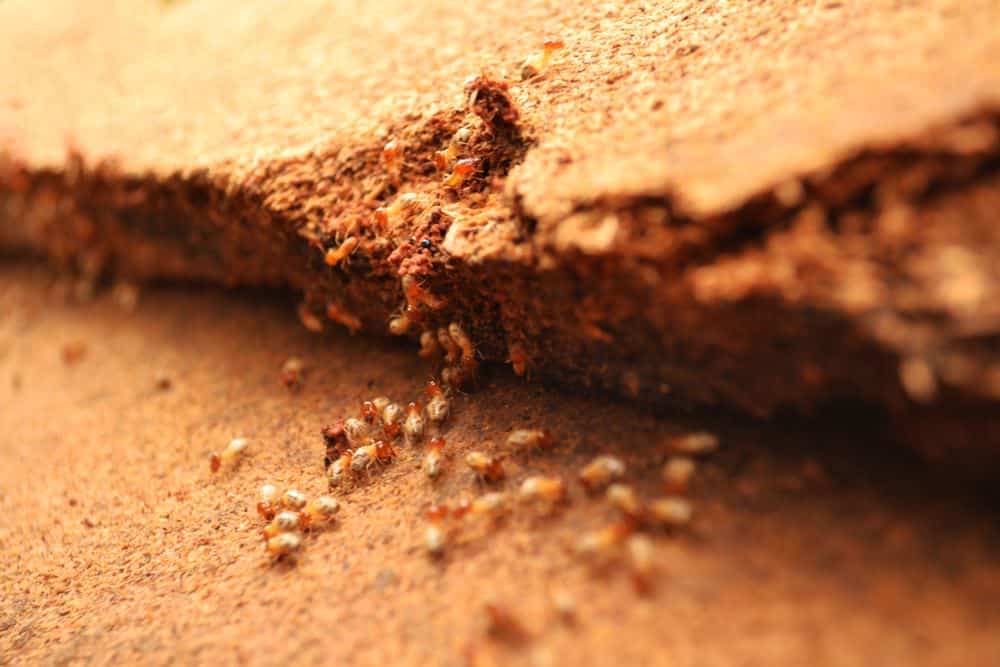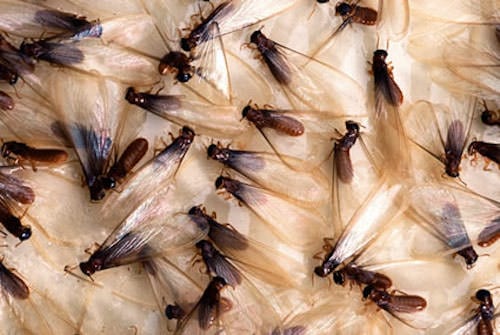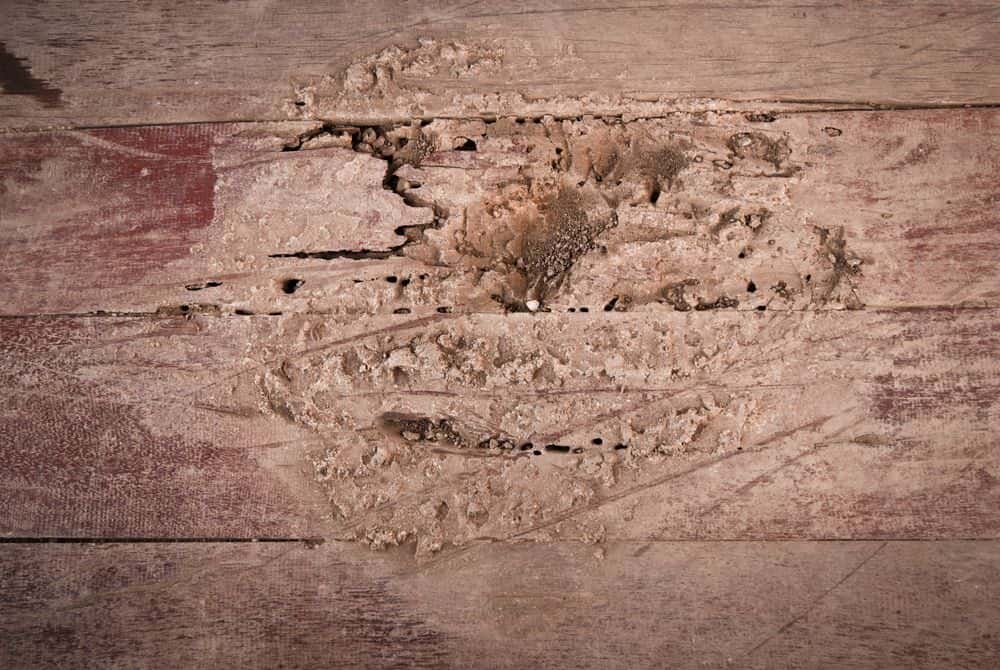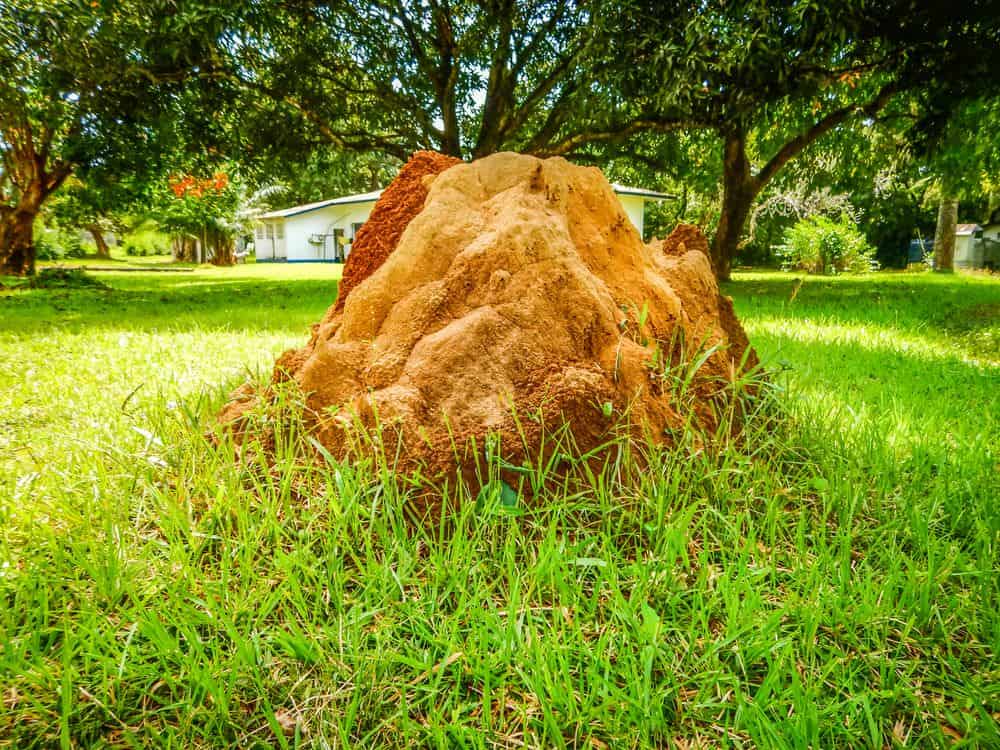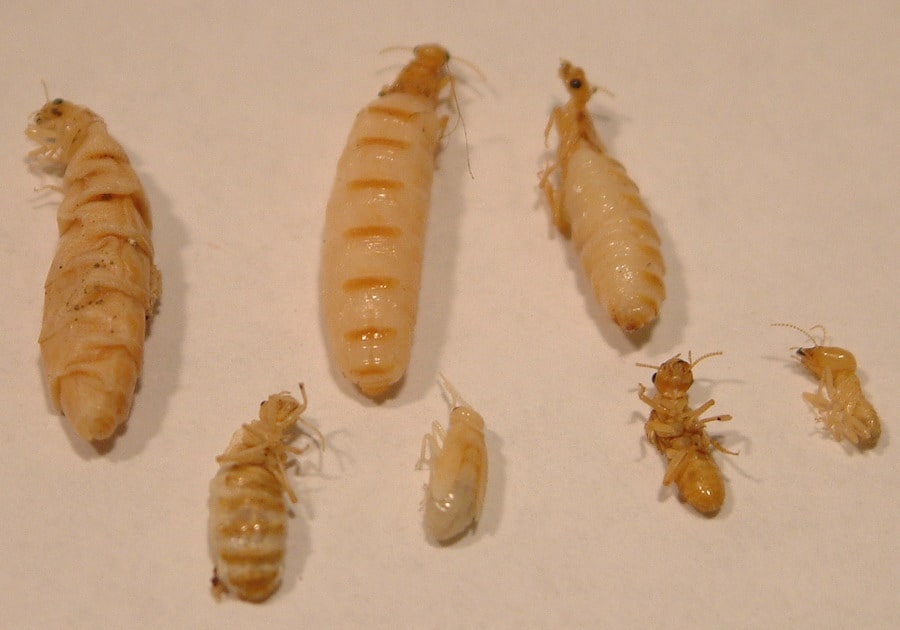Dampwood Termites
There are around 45 different species of termite in the United States. Most of these will not cause homeowners any problems. There is one species, however, which is infamous for causing widespread and expensive damage to property—dampwood termites.
In this article, we look more closely at this species. We’ll also examine how best to identify, treat, and prevent a dampwood termite infestation.
What Are Dampwood Termites?
Dampwood termites are also known as “rotten wood termites”. This is because they primarily reside in dead trees and decaying timber. In the United States, they are usually found in the Pacific coast states. Places like Oregon, California, and Washington are all known to have dampwood termite infestations in buildings and properties.
These pests are typically on the larger side, compared to other types of termite. Winged reproductive termites (known as alates) can be up to an inch in length. This makes them formidable creatures to come across, when in large, swarming groups.
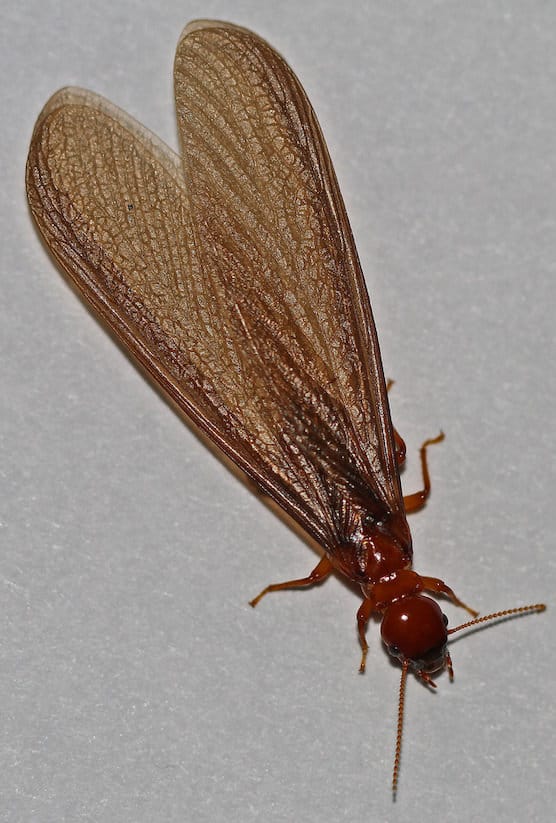
These dampwood “swarmers” can be seen between January and October. This is problematic, since it means that their colonizing activities are possible for most of the year.
Unlike subterranean termites, dampwood termites do not create mud tunnels and tubes to get around. Their colonies are found in damp and wet wood alone. They require no contact with mud and soil to survive.
There are three types of dampwood termite that reside in any given colony. These are:
- Reproductive termites – these termites are dark brown with brown wings
- Nymphs – they are an off-white or beige color with a spotted middle area
- Soldiers – these termites defend the colony. They can act quite aggressively and release a toxic liquid while defending the colony against other insects. They have flat, brown heads
Interestingly, there are no dampwood termite workers. This is because the nymphs carry out most of the work.
Signs of Dampwood Termites
Finding dampwood termites in any dead wood or trees in your garden is quite normal. These insects actually play an important role in the collective ecosystem of the planet.
In fact, termites are considered to be ecosystem engineers in arid environments and landscapes. Their excrement is rich in magnesium and nutrients, thus enriching the soil it falls into.
If they establish colonies near houses, then the greater role they play for the environment brings little comfort to anxious homeowners. Often, and understandably, people are concerned about their properties being eaten up by these hungry creatures.
Visible damage from these insects can vary tremendously. That said, one of the clearer signs seen in wood and timber is that they eat across the grain. They make room-like chambers and passageways in the wood, enabling them to travel freely.
The effect of their consumption can result in smooth, velvety walls within the wood. This is a known way of differentiating these termites from other types. If you spot these signs in your wood, then termites may be near.
Sometimes, if the wood is extremely damp, termite droppings can stick to the walls in the wood. This gives them a bumpy and muddy appearance that can be deceptive.
Another sign is to look closely at the environment around your home. Dampwood termites may infest homes and buildings where the timber is in contact with damp or wet earth. Anything that traps moisture, such as wet leaves or broken pipes, can be an attractive location for the termites.
There are a few additional signs of a dampwood termite infestation. These include the presence of discarded wings, and termite droppings in the form of pellets. Especially when the latter is found near damp or dead wood.
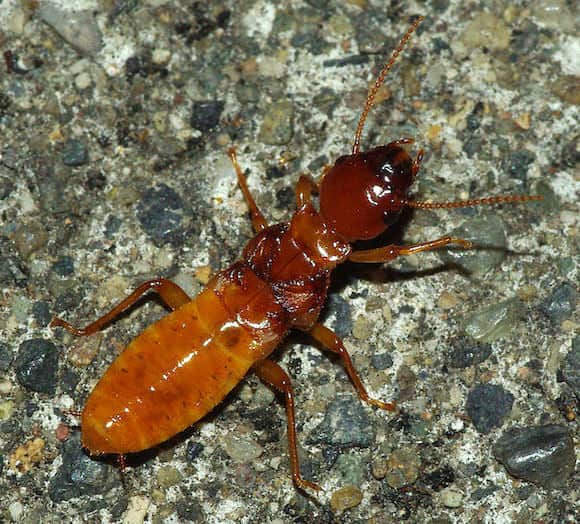
How to Get Rid of Dampwood Termites
If you have found evidence of termites in your home, you need to act quickly to avoid severe damage to your property. Below are some of the best ways to get rid of dampwood termites:
Reduce Moisture
One of the most effective ways to get rid of these creatures is to reduce the moisture that they depend on to survive. You can do this by increasing ventilation in the home and ensuring there are no blocked drains.
In addition, repair any pipe leakages around the house. You may also need to make some adjustments to your property. This could include making sure that any wood or timber parts of the house are not in direct contact with any damp or dead wood outside.
Home DIY Methods
Some home DIY methods may be worth trying before turning to professionals for assistance. These methods include using natural anti-pest agents, like orange oil, cedar spray, or a salt solution.
These are effective methods against all types of termites and simply involve squirting the diluted agent into infected areas.
Chemical Solutions
Prior to chemical treatment, prepare your home using the methods for moisture reduction detailed above. Once your home is prepped, your local pest control services will come and use appropriate termiticides.
This is probably the most effective measure to prevent the return of termites. The liquid chemical acts as a barrier and is designed to prevent termites from entering and leaving the building.
It is an effective solution that will give you fast results. However, some drilling may be required to reach infested areas if a colony has already been established.
If you have a small termite infestation that you would like to try to eradicate yourself, here are some of the best termite sprays on the market, although results will vary depending on infestation size, type and location.
Bait Method
Termite baits come in the form of stakes that can be dotted around your property. Laced with toxins, they draw and kill any termites that come into contact with them.
They can alert you to areas around the home that have particularly high termite activity levels. This means that you can then take further action in these places.
Ongoing Prevention
If an infestation has occurred and has been detected, there are several DIY and professional options you can turn to for assistance. But once the termites have been eradicated, you should not let your guard down. Termites will happily re-infest your home if you make it attractive to them again.
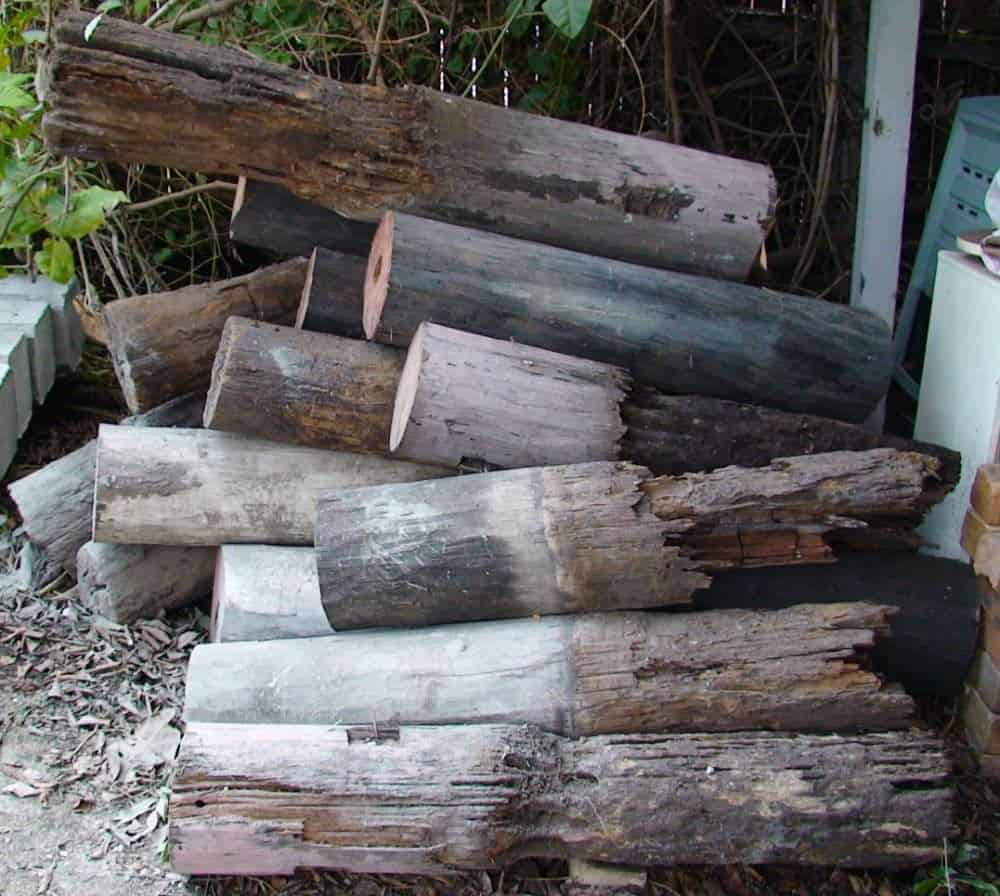
Here are some measures that can be taken to prevent the return of these pests, especially inside your home. These include but are not limited to the following:
- Make sure your home gets enough sunlight during daylight hours since this is a natural repellent for these termites.
- Reduce damp and moisture with the use of dehumidifiers and similar appliances. This will make the home environment unattractive to these creatures.
- Remove any unnecessary wood or cardboard from the property. This is because these termites can spread with ease through any unused cellulose-based material.
- Maintain your garden. Dampwood termites need moisture and damp wood to survive. Any dead or decaying timber around the home is a great attraction to these termites. Due to this, maintaining your garden and property from dead wood and damp is vital for reducing the risk of termite infestation.
If you follow the steps above, you should soon be safe from the return of the dreaded dampwood termites.

